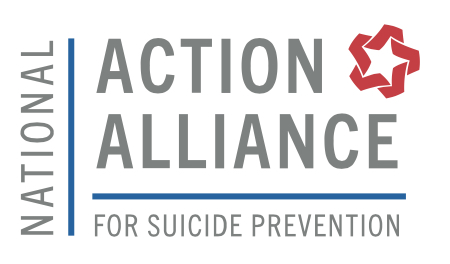Plus: Keeping pace with the spread of synthetic cannabinoids and more evidence on the need for better naloxone access
By William Wagner
The U.S. has been in the grip of an overdose crisis since the onset of the COVID-19 pandemic, with record numbers of people dying from ODs. Are we also facing a suicide crisis? A new report from the Centers for Disease Control and Prevention (CDC) reveals an alarming trend line.
This week, we also highlight a new urine test that detects an emergent class of synthetic cannabinoids and a study that clearly illustrates the importance of widespread access to naloxone.
From the CDC:
Suicides Are Trending in the Wrong Direction
According to provisional data in a new report by the CDC, suicides in the U.S. rose 4% in 2021, from 45,979 in 2020 to 47,646. It reverses a trend in which suicides had declined by 5% in 2019 and 2020 from a peak of 48,344 in 2018. Suicide, the CDC reports, is the second-leading cause of death among people ages 10 to 35 in the U.S.

The new numbers seem at least somewhat linked to the pandemic, which behavioral health experts say has exacerbated mental health issues. “We have seen during the pandemic increased reports of mental health distress,” Colleen Carr, director of the National Action Alliance for Suicide Prevention, told HealthDay. “Any time that people are feeling more mental health distress, there also is a potential increase for suicide.”
The report “reinforces that we need to continue to invest in … a comprehensive approach to suicide prevention,” Carr said. To that end, the U.S. Department of Health and Human Services launched the three-digit 988 Suicide & Crisis Lifeline over the summer. The hunger for such a resource became immediately clear. In its first full month of operation in August, the lifeline fielded 216,184 calls, compared with 141,445 calls to its more cumbersome 10-digit predecessor in August 2021.
From Clinical Chemistry:
Keeping Pace with Synthetic Cannabinoids
Illicit synthetic cannabinoids have become increasingly widespread over the past decade, which is problematic for a number of reasons. First, they can be far more dangerous than naturally produced marijuana, potentially causing psychosis, seizures and strokes. Second, they’re difficult to detect; the illicit drugmakers consistently stay one step ahead of the drug sleuths. A new urine test, however, could be effective in tracking OXIZIDs, an emergent class of synthetic cannabinoids. Developed by a team of scientists from the National University of Singapore and outlined in a paper in Clinical Chemistry, the test identifies urinary biomarkers of OXIZIDs.
“The ever-evolving scene of drug abuse calls for prompt interventions to prevent newly emerging illicit drugs from escalating to a state of rampancy.”
—Erin Chun Yong Chan, National University of Singapore
Eric Chun Yong Chan, PhD, leader of the team, calls the test a consequential step in combating the spread of synthetic cannabinoids. “The ever-evolving scene of drug abuse calls for prompt interventions to prevent newly emerging illicit drugs from escalating to a state of rampancy,” he says. “A detailed understanding of their metabolic profiles will facilitate drug agencies in identifying their abusers based on urinary biomarkers.”
From Drug and Alcohol Dependence:
The Human Cost of Limited Naloxone Access

Limited access to the overdose-reversal medication naloxone has been an ongoing problem. How big a problem? A study out of Penn State University provides a clear illustration. With one of the highest opioid overdose rates in the U.S., Pennsylvania provided fertile ground for the researchers. They analyzed data from 2015 to 2020 from the Pennsylvania Overdose Information Network and the American Community Survey and found that the presence of naloxone often means the difference between life and death with overdoses. In the years studied, naloxone was administered in approximately 75% of overdose survivals and 29% of OD fatalities. Tellingly, counties with less access to naloxone suffered greater rates of OD fatalities than counties where the medication was readily available. The counties with limited access to naloxone typically were located in rural areas.
The message is clear, says Louisa Holmes, PhD, lead author of the study. “One of the main goals of this research is to inform public health practitioners and policymakers who have the capacity to do something about the distribution of naloxone, which is clearly effective,” she says. “It gives leaders a target for combating the opioid epidemic by saving lives.”
Top photo: Shutterstock














